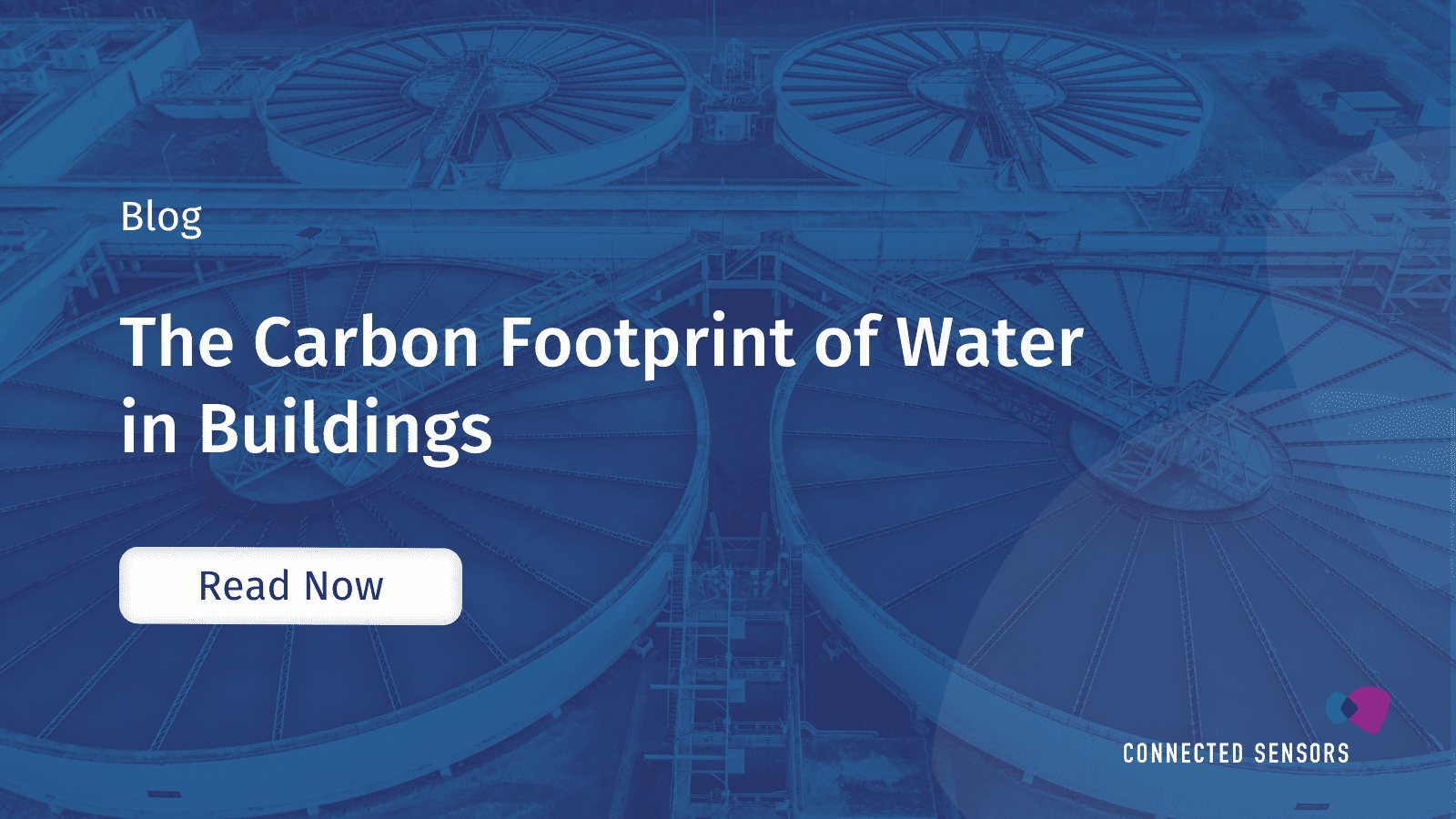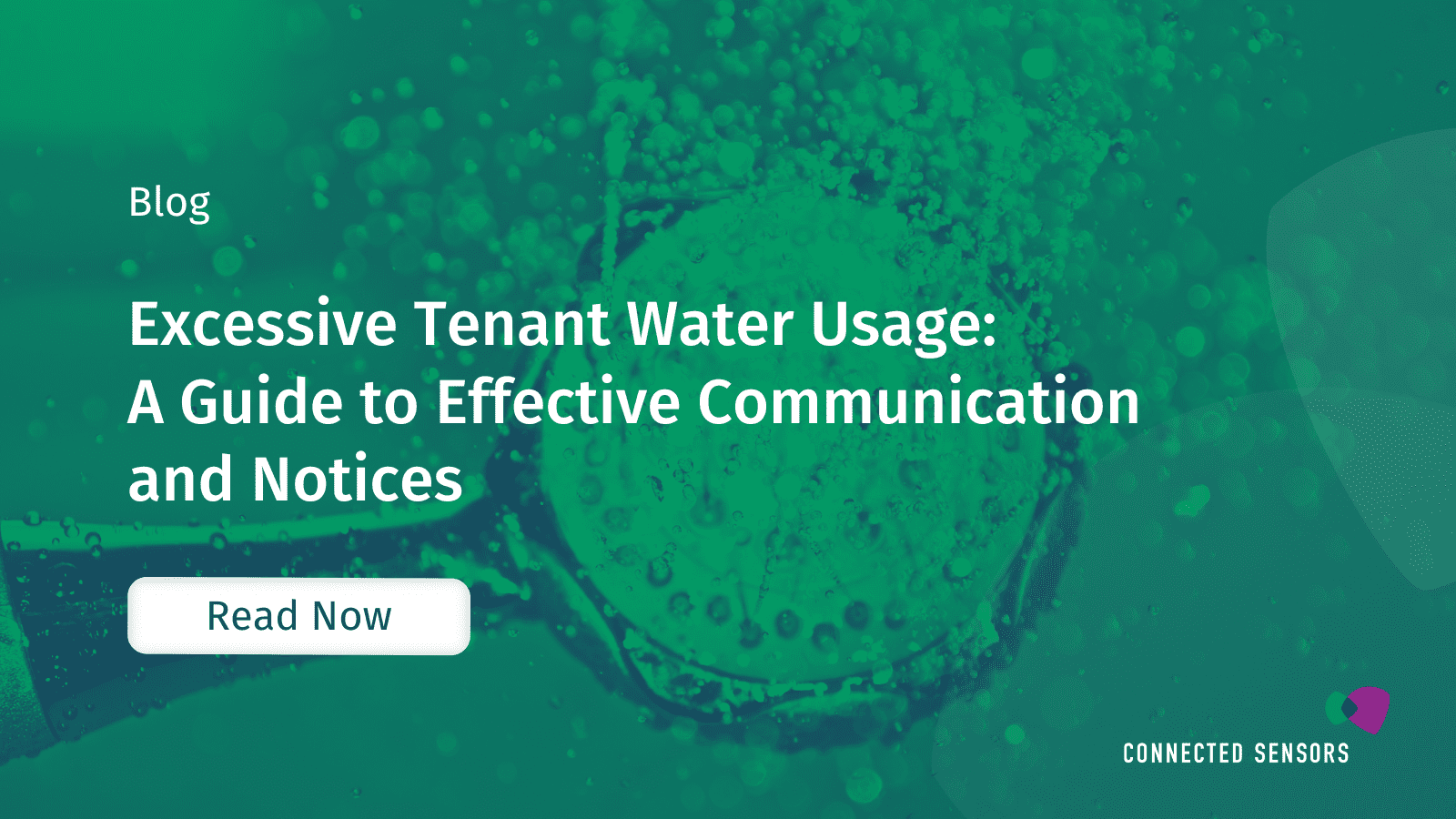





As a dedicated property manager or landlord, your foremost duty is the meticulous upkeep of your property and safeguarding your tenants’ well-being. Among the many challenges you might encounter, water damage is a prevalent and financially burdensome issue, compromising both the structural integrity of your property and the comfort of your valued tenants. This blog will explore the multifaceted realm of water damage, encompassing its root causes, the distinctive phases of its swiftness in wreaking havoc, and how much water it takes to pose a risk. Armed with this knowledge, you can proactively fortify your defenses against water damage and ensure the longevity of your investment.
In a previous post, we discussed the primary causes of water damage and highlighted the importance of proactive measures to safeguard your property. To reiterate, here are some of the most common culprits:
Recognizing that even the smallest amount of water can be the proverbial tip of the iceberg regarding potential problems is essential. Like an inconspicuous pebble that triggers a landslide, a seemingly trivial water intrusion, if left unaddressed, can initiate a cascade of damaging events.
Minor Damage (Less than 1 inch of water): Even a tiny amount of water, if left unaddressed, can lead to damage. It can cause wooden floors to warp, create staining on walls and ceilings, and provide an ideal environment for mold growth.
Moderate damage (1-2 inches of water): When water intrusion reaches this level, it can damage drywall, insulation, and electrical systems. Mold growth becomes a significant concern, and professional restoration services are often required.
Significant Damage (More than 2 inches of water): Extensive flooding, with water levels exceeding 2 inches, can result in severe structural damage. It poses electrical hazards, and the risk of extensive mold infestation is very high. Restoration efforts at this stage are complex and costly.
Picture this: a sudden pipe burst or an unnoticed roof leak, left unattended for hours. In that brief period, water can weave its way into the very fabric of your property, seeping into walls, saturating insulation, and quietly altering the landscape of your investment. Within these precious moments, the potential for damage blossoms exponentially. Drywall begins to lose its integrity, wooden structures may start to warp, and the ominous presence of mold spores awakens. What seemed like an insignificant amount of time suddenly becomes the pivot point between a minor inconvenience and a full-blown restoration project. It serves as a vivid reminder that, in property management, every moment counts when protecting your assets and preserving the comfort of your tenants.
During this crucial period, water infiltration initiates its detrimental effects by saturating porous materials such as drywall, insulation, and flooring. Swift action is paramount at this stage to remove standing water and start drying. Failing to address the issue promptly can set the stage for damage progression to more advanced levels. It’s important to note that while the damage may not be immediately visible, the moisture within the materials provides a fertile environment for mold and mildew to develop, making timely intervention critical.
As water damage persists beyond the initial 24-hour window, its impact intensifies significantly. Drywall, particularly susceptible to moisture, may become compromised, potentially leading to structural weakness and an unattractive appearance. Wooden elements like framing and flooring can warp due to excessive moisture absorption. Moreover, mold spores may take root in this damp environment, initiating colonization. At this stage, professional intervention becomes essential. Specialized water extraction equipment and thorough drying processes are typically required to mitigate the damage effectively.
If water damage continues to be unaddressed, the consequences become even more severe. Structural elements, including load-bearing beams and studs, may experience ongoing degradation. The prolonged presence of moisture can weaken these essential components, posing a risk to the building’s structural integrity. The financial cost of restoration increases significantly, necessitating repairs and potential reinforcements to ensure the property’s safety and stability. Additionally, the risk of extensive mold growth becomes more pronounced during this phase, further complicating the restoration process.
In cases where water damage is left unmitigated for an extended period, the property can suffer extreme structural damage. Walls and ceilings may weaken to the point of collapse, posing a significant hazard to occupants. Electrical systems, including wiring and outlets, may become compromised, leading to safety concerns. The property may become uninhabitable, requiring extensive and often costly restoration efforts. At this stage, structural repairs, mold remediation, and comprehensive renovations are typically necessary to restore the property to a habitable condition.
Investing in a smart leak detection system is prudent for any landlord or property manager concerned with safeguarding their investment. By continuously monitoring the property for leaks and anomalies in real-time, leak detection systems can identify even the most minor signs of water intrusion, enabling swift response and mitigation. Not only do they help prevent costly repairs and structural damage, but they also reduce the risk of mold growth and potential health hazards for tenants.
© 2023 All rights reserved